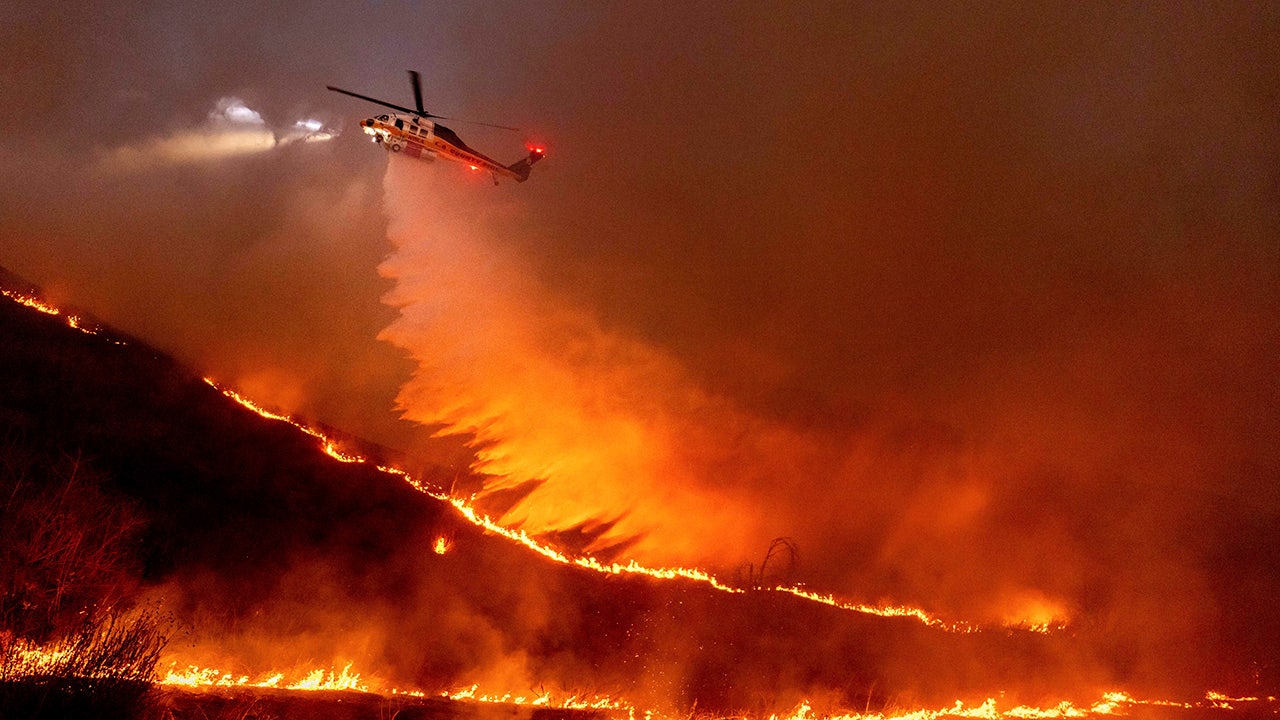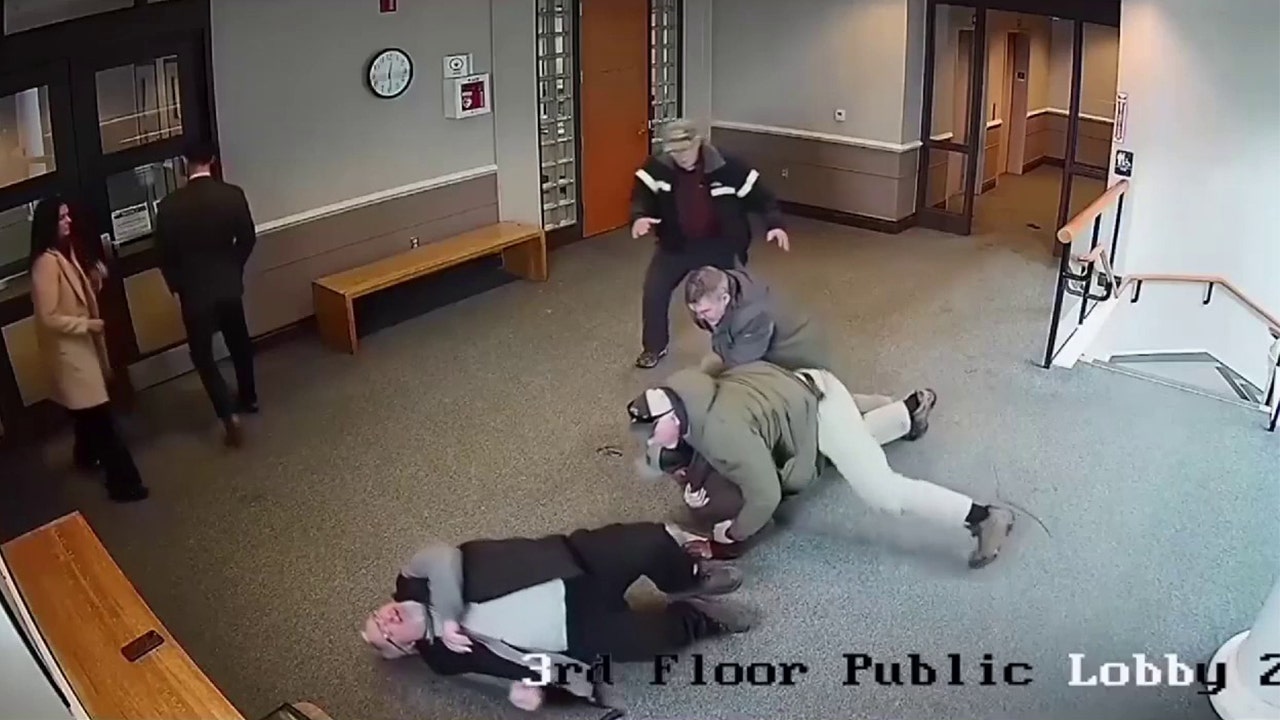Water drops for California wildfires are essential for containing and extinguishing the fires

Firefighters in California are currently battling historic fires from the sky using a variety of effective and specialized aircraft that dump water and fire retardant over Los Angeles. The state’s fleet includes tactical planes, air tankers, and helicopters, all of which have specific roles and capabilities but work together as a unit to combat the fires that have been raging since Tuesday and have claimed 10 lives and torched tens of thousands of acres.
According to Cal Fire’s website, the fleet’s more than 60 planes and helicopters make it the largest department-owned fleet of aerial firefighting equipment in the world. Operating from 14 airfields and 11 helicopter bases across the state, the fleet can reach most fires within about 20 minutes.
Tactical planes, including North American Rockwell OV-10 twin-turboprop aircraft, often lead tanker planes, providing directions and coordinates to the tankers and ground firefighters. Cal Fire’s fleet of tankers then drops fire retardant onto the terrain below. The Grumman S-2T tanker, capable of holding about 1,200 gallons of fire retardant, is the agency’s workhorse, while larger C-130 Hercules aircraft can dump about 3,000 gallons per load.
Cal Fire also operates a fleet of helicopters, including Bell UH-1H Super Hueys and Sikorsky S70i Black Hawk helicopters. These helicopters can carry water in buckets hanging below the aircraft to douse the flames. The buckets, known as bambi buckets, allow for accurate and targeted water drops.
In addition to the fleet owned by Cal Fire, two Canadair CL-415 Super Scooper turboprop planes have been deployed to battle the deadly infernos. The Pentagon has also sent two military C-130 Hercules aircraft equipped with firefighting systems to the scene, with six more expected to be ready by Sunday.
The Super Scoopers have been refilling by skimming water from the Pacific Ocean, despite the corrosive nature of saltwater. Fire retardant, made of a mixture of water, fertilizer, a thickening agent, and red dye, is dropped in front of a fire to direct its course and slow its advance, allowing ground crews to control or extinguish it.
Aerial firefighting pilots, also known as waterbombers, are highly trained individuals with backgrounds often in the military. They undergo specific training on their respective aircraft to handle their unique capabilities and systems. Becoming a helicopter pilot, for example, involves accumulating between 1,500 and 4,000 hours of helicopter flight time as a pilot in command.
These pilots operate in hazardous conditions, low altitudes, high winds, and smoke, all while avoiding other aircraft, terrain, and everyday hazards. The strong Santa Ana winds earlier this week prevented firefighting aircraft from being deployed due to safety risks, and a drone impact on one of the Super Scoopers caused minor damage.
In conclusion, the aerial firefighting efforts in California are a critical component in combating the devastating wildfires that have been sweeping across the state. The coordination and skill of these pilots, along with the specialized aircraft they operate, are essential in protecting lives and property from the destructive force of the fires.




